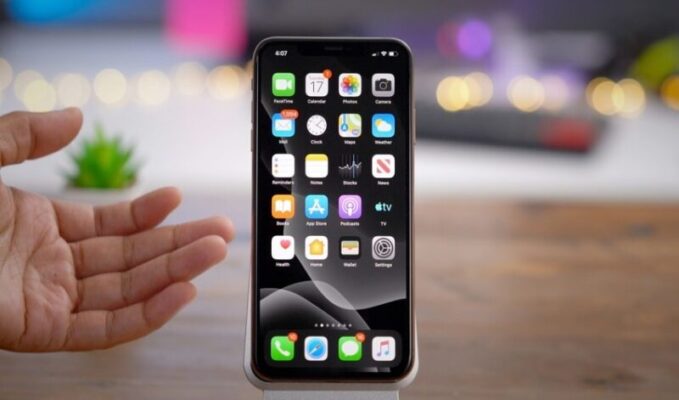
These are the new iPhone Features that you have been waiting for
Last updated on June 23rd, 2022 at 04:29 am
Apple recently released iOS 13 and their users just crowded towards it, with a conversion rate of 92.5% we can only imagine the reception the new iOS 14 will get.
The new OS is also said to be a sanctuary for custom iPhone application development as it leaves a lot of space for developers to play around with. In this blog we take a look at what we call some of the top iOS 14 features that the users have been waiting for:
Compact call interface
This is one of the favorite audience features when it comes to the iOS 14 and this is such a nice thing to have after years of being subjected to flow interruptions due to incoming calls. Previously if iPhone users are doing something and a call comes in whether it be FaceTime, VoIP, or just a regular call it completely takes over the screen. Leaving the user to put down all processes until the call goes away.
iOS 14 finally addresses this issue, all a user needs to do is to go towards the settings for incoming calls and disable the full-screen options and instead set it to a banner which is the new default for call settings. So, you are browsing along and doing your thing but if a call comes in it no longer takes up the whole screen and in my opinion, this is the most progressive feature for new iPhones.
Picture in picture
Let’s talk about the next feature and this is the picture in picture feature. This is the feature that brings iPad OS picture in a picture like functionality to the small screen and it is glorious. Other devices have done this before but we will be finally able to do this on the iPhone.
All a user has to do is to swipe up when in a full-screen video and it resizes itself to a smaller version. The user can also double-tap to resize into the small, medium, and large pictures and can also swipe videos to the side to still be able to hear the audio. This feature only works for the application that supports the picture in picture features.
So, if the user is doing something and does want any PIP interface on screen the user can just slide the small picture anywhere on the screen. A great thing about this feature is that the user can use applications or browse the web while the picture in the picture is working. This can also be done with FaceTime videos as well.
Widgets
It doesn’t matter if we see Neil Patel’s blog, The Digital Wheel, or any other informative platform, or talk about mobile apps, widgets are there as certain components to drive a particular action on the interface.
Of course, this should be no surprise that widgets make the cut for one of the best iOS 14 features because now, the user can place widgets on the home screen right beside your applications. As the user moves a widget the applications sort of dance out of the way.
This is a huge opportunity for the iPhone, as the screen has been the same more or less since its inception back in 2007. But now more than just app icons reside on the home screen. In addition, the user can also swipe over to access the widget center, which is a page dedicated exclusively for widgets.
By tapping and holding on the home screen the users can go into the edit mode. This will show the user all the iOS 14 compatible widgets. The users can see some nice widget previews at the top and also a list of all the widgets available.
App library
The App Library is definitely a top feature, in fact, it’s basically five features available inside one feature. When the user swipes all the way to the right they can see the main App Library and this contains all of the applications on an iPhone sorted categorically by iOS.
So, in other words, the user can’t go in here and rearrange the app library based on their preferences, now it’s automatically arranged by iOS. Tapping on any application category can launch apps directly from the app library and if the user taps on one of the smaller icons inside the categories this will open up the entire folder containing similar apps.
The second part of the App Library contains the ability to remove applications from your home screen without actually deleting the application. Long pressing on an app icon brings up the context menu, this menu contains a few options and through those options, the user can choose to completely remove the application or just remove the icon from the home screen.
The third part of the App Library is the ability to hide or show home screen pages. When the user goes into the edit mode page dots are displayed on the bottom of the screen, by simply tapping on the page dots brings up the ability to edit home screen pages.
Here is something to keep in mind, if you go to settings you can find a new home screen section and this allows the user to decide what happens when apps are downloaded from the app store. Through this feature, the users can choose whether the downloaded apps are displayed on the home screen or only in the App Library by default.

Sami is a Digital Marketing Strategist at CMOLDS, a custom iPhone application development in US. Having worked on multiple online brands throughout his career with an expertise in content marketing, email marketing, lead generation, and conversion rate optimization.
